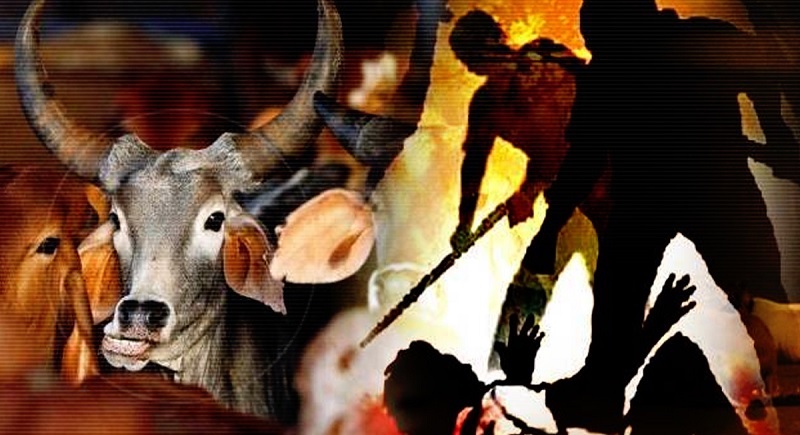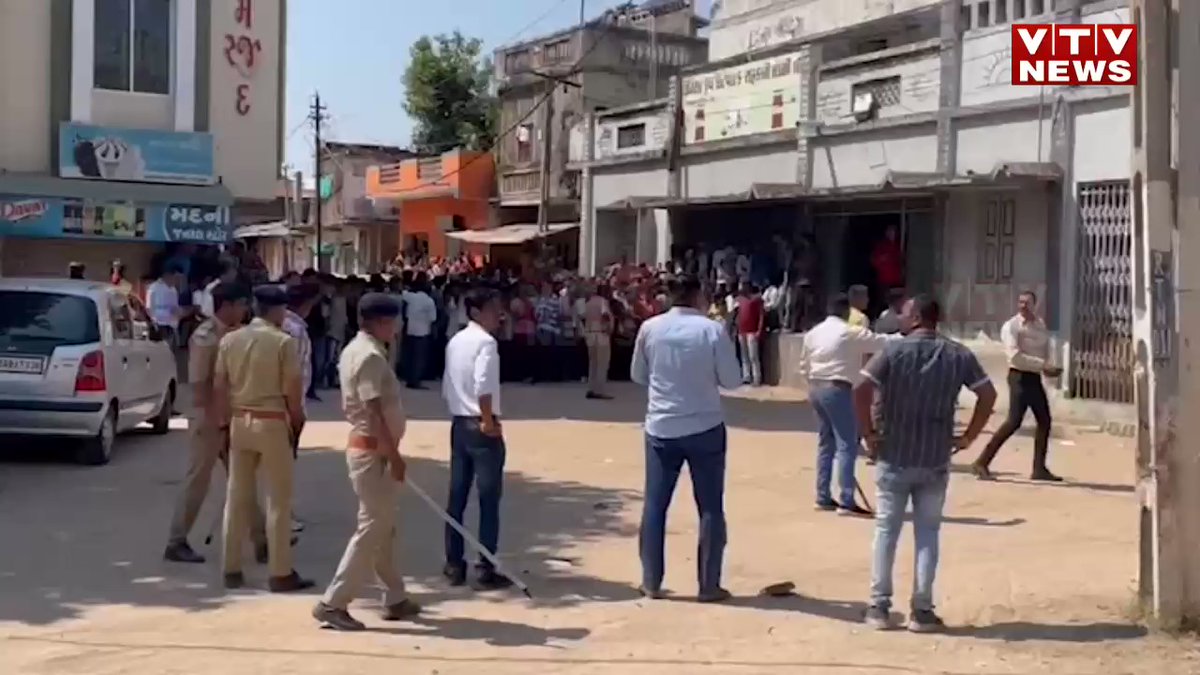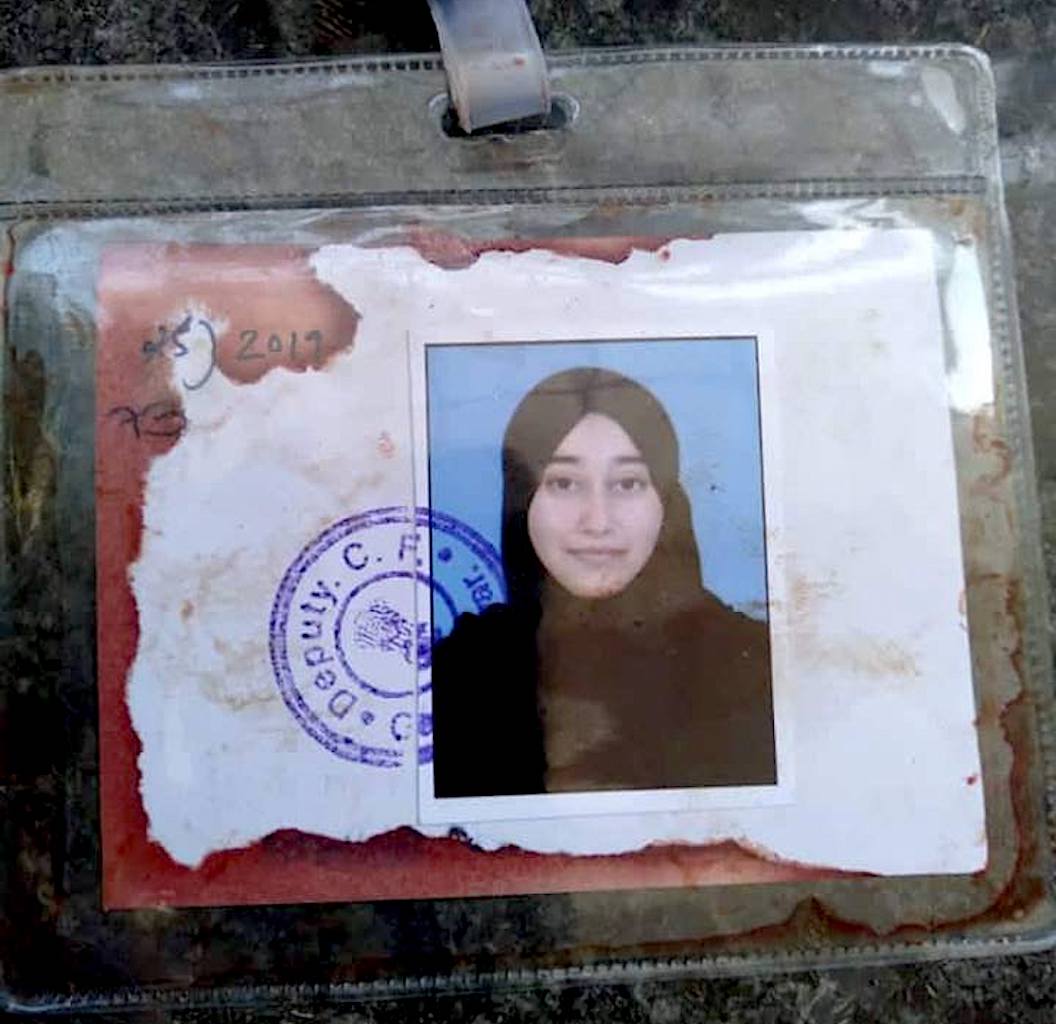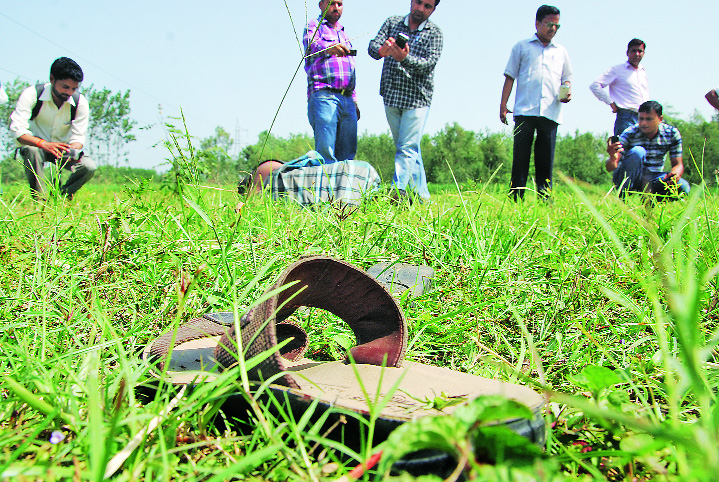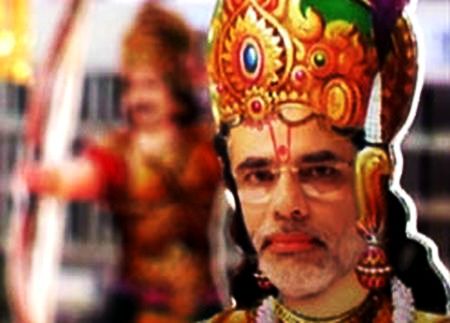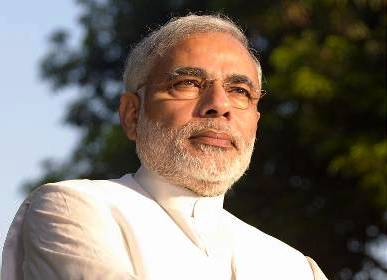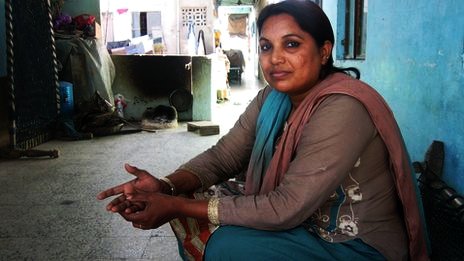Hindu far-right weaponizing festivals to target Muslims
Festivals are meant to bring happiness, bring people together, and foster brotherhood…
Nine Muslim Men Flogged in Public in Narendra Modi’s Gujarat Where Hindu Rapists, Murderers Get Remission!
Prime Minister Narendra Modi’s home state Gujarat has set a new precedent…
‘करूणा—2019’ के लिए राहिला ने गंवाई अपनी जान, लेकिन गुजरात सरकार ने परिवार को पूछा तक नहीं…
Khanji Muhammed Harith for BeyondHeadlines अहमदाबाद: एक मां को अब भी अपनी…
#Harshtags for Riots: Shamli in Twitter
Recently a twitter user launched a venomous attack on the Muslim community…
Communal Clash in Ahmedabad
RAHI GAIKWAD Ahmedabad witnessed a sudden communal flare up late on Sunday…
सोशल मीडिया पर नरेन्द्र मोदी और उनके अन्ध-भक्त!
Yogesh Garg for BeyondHeadlines सोशल मीडिया यानी फेसबुक का जितना फायदा नरेंद्र…
Gujarat Is a Red Hot Economy
Soutik Biswas This morning, a piece in Business Standard, one of India's…
Ten Years on, Still the “Internal Outsider”
Abdul Khaliq Writing in late 2002, a well-known political commentator observed that…
The Brave Muslim Women of Gujarat
Soutik Biswas Thirty-eight-year-old Noorjehan Abdul Hamid Dewan is an unlikely rebel. She…
Gujarat Riots Victims Await Justice: AMNESTY
BeyondHeadlines News Desk A decade after the month-long outbreak of violence that…

